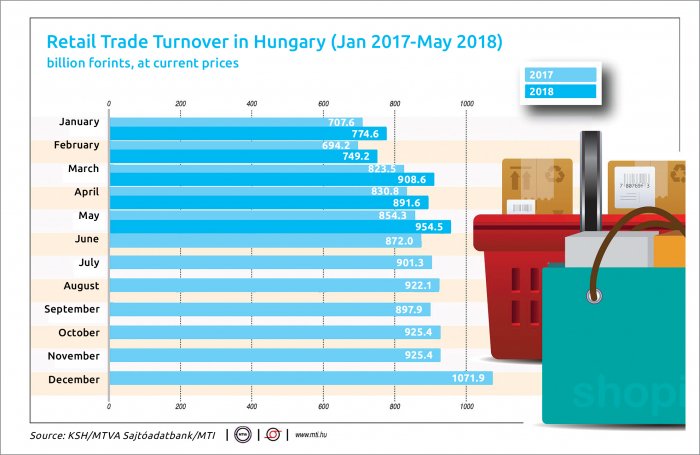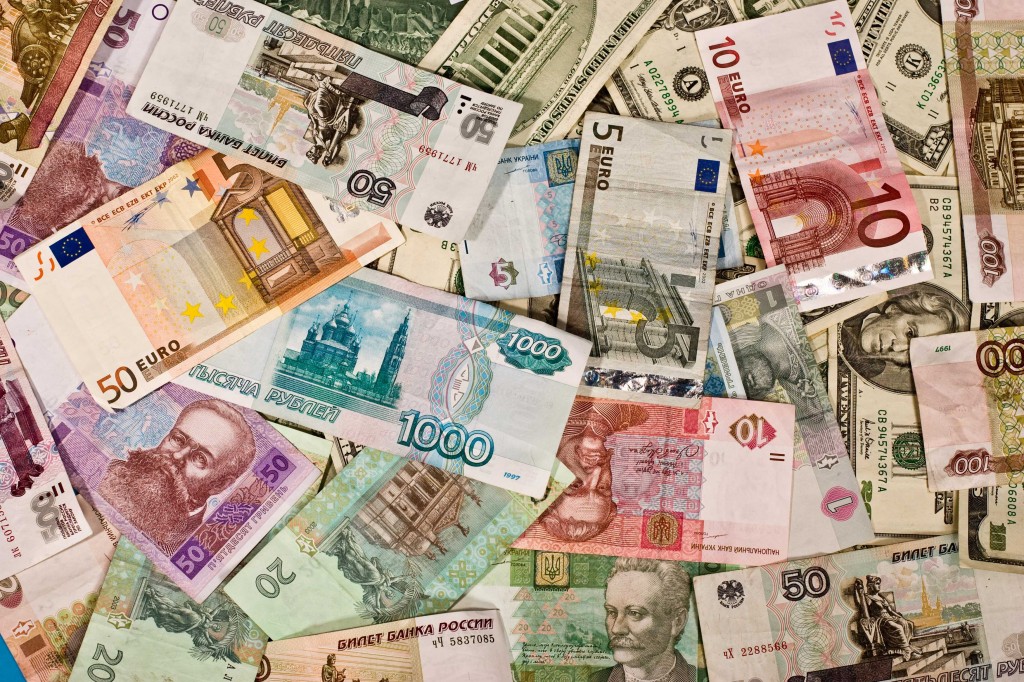Loose Monetary Conditions to Remain Until Mid-2019

The latest decision of the rate-setters at the National Bank of Hungary (MNB) didn’t come as a surprise: the Monetary Council left the base rate at its current record low at its regular meeting on July 24. All eyes are now on the bank’s September “Inflation Report”, which could signal the start of a tightening cycle – or not.
Hungary’s central bank left its interest rates unchanged at a record low level of 0.9% on July 24. The decision was in line with expectations.
The National Bank of Hungary, in an accompanying note, reiterated that global market volatility justified a more cautious approach to policy, but kept its dovish overall message.
“The council will ensure the maintenance of loose monetary conditions, necessary to achieve the inflation target in a sustainable manner, by using the current set of monetary policy instruments,” the Monetary Council, charged with rate-setting, wrote in the statement.
“Growth of the Hungarian economy will pick up further in 2018, then, if the assumptions of the current projection hold, it will slow down gradually from 2019. The inflation target is still expected to be achieved in a sustainable manner from mid-2019, as the temporary, inflation-boosting effects of oil price changes fade,” the note reads.
Tested by the Markets
However, the MNB has somewhat been tested by financial markets, with global rates starting to rise lately. The forint saw all-time lows in early July (it passed the 330 mark versus the euro), which made it the worst-performing currency in Central Europe.
The weakness of the Hungarian currency has partially been attributed to the central bank’s loose monetary policy, which has left the key rate of 0.9% below the benchmark rate for the region. Neighboring countries such as Romania and Czech Republic have already started a tightening cycle; base rates stand at 2.5% and 1%, respectively.
A recent Reuters poll projected the bank was unlikely to change its base rate or the -0.15% overnight deposit rate this year.
“Considering domestic fundamentals and the external environment as well, a normalization of loose monetary conditions could start in 2019 at the earliest,” analysts at CIB Bank said in a note after the rate decision.
CIB added that this outlook could change if the European Central Bank shifts to a more hawkish stance, or a weaker forint exchange rate or increasing oil prices result in a jump in inflation.
The central bank has already indicated that the ECB decision could have a significant influence on its policy. After its June meeting, for the first time in a long while, the bank signaled a possible end date of its dovish stance, noting that loose monetary conditions could no longer prevail until the end of its five- to eight-quarter policy horizon.
The European Central Bank earlier said that it will end its EUR 2.6 trillion bond buying program in December.
Inflation the ‘Only Anchor’
Hungary’s central bank targets 3% inflation with a tolerance band of plus/minus one percentage point. The bank said again in its latest note that its only anchor was inflation: the rate was 3.1% in June, mainly due to the rise in fuel prices.
Analysts has been saying for a while that the MNB could start a tightening cycle first by withdrawing liquidity from the interbank market, via its foreign exchange swap tools, rather than by raising rates.
“According to our expectations, liquidity injections may be gradually scaled down by June 2019,” Citibank said in a note.
Analysts said the bank was unlikely to change its policy or its rhetoric until its September meeting.
Zoltán Varga of Equilor Befektetési Zrt. said that the Monetary Council’s decision was not a surprise to the market, but all eyes are now on the September “Inflation Report”. Varga also emphasized that the MNB follows the monetary policy of the ECB and the U.S. Federal Reserve Bank. While the ECB is not likely to announce changes (due on Thursday, just after this paper went to print) at its next rate setting meeting, and current interest rate level might remain unchanged until the end of the summer of 2019, the Fed has already been in a tightening mode and has already raised its key rate twice this year, with a further 25 basis points raise is expected in September.
András Horváth of Takarékbank said the bank does not expect a tightening cycle to start before the middle of next year. Even then, the MNB first will withdraw its non-conventional tools and only then would come a slow and gradual increase in the key rate. According to him, the base rate will probably remain unchanged until mid-2020.
SUPPORT THE BUDAPEST BUSINESS JOURNAL
Producing journalism that is worthy of the name is a costly business. For 27 years, the publishers, editors and reporters of the Budapest Business Journal have striven to bring you business news that works, information that you can trust, that is factual, accurate and presented without fear or favor.
Newspaper organizations across the globe have struggled to find a business model that allows them to continue to excel, without compromising their ability to perform. Most recently, some have experimented with the idea of involving their most important stakeholders, their readers.
We would like to offer that same opportunity to our readers. We would like to invite you to help us deliver the quality business journalism you require. Hit our Support the BBJ button and you can choose the how much and how often you send us your contributions.









